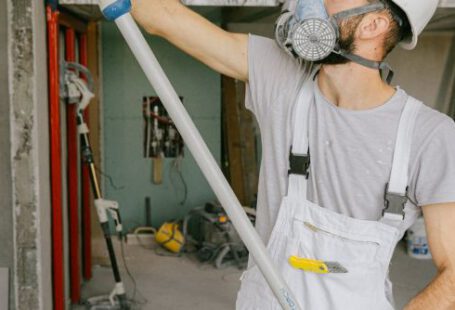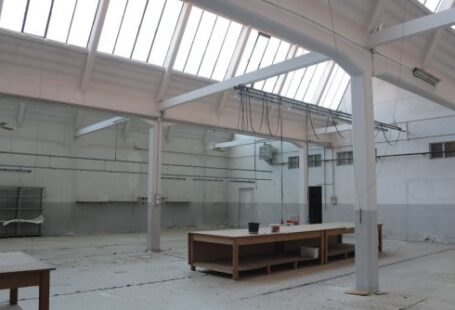Masonry levels are essential tools for construction projects, from laying bricks and blocks to building walls. They are used to ensure that all work is level and consistent, and to check the accuracy of the work. Masonry levels are not only useful in helping builders create level and sturdy structures, but they can also be used to ensure that the walls and other structures are properly aligned and properly placed.
Masonry levels are extremely versatile and can be used for a variety of purposes. They can be used to measure the height of walls, the depth of foundations, and the angles of walls and other structures. Masonry levels can also be used to measure the distance between two points, to ensure that the distance is the same throughout the project.
Types of Masonry Levels
Masonry levels come in a variety of shapes and sizes, and can be used for different purposes. Some of the most common types of masonry levels are:
- Levels with a single vial – These are the most basic type of masonry level and are typically used to determine the horizontal or vertical level of a structure. They typically feature one vertical and one horizontal vial, which can be adjusted to the desired level.
- Two-vial levels – These masonry levels feature two vials, one vertical and one horizontal. They are typically used to check the accuracy of the work and to ensure that the structure is level. They can also be used to measure the distance between two points.
- Three-vial levels – These masonry levels feature three vials, one vertical, one horizontal, and one diagonal. They are used to measure the angle of a structure and to ensure that it is properly aligned. They can also be used to measure the distance between two points.
- Four-vial levels – These masonry levels feature four vials, one vertical, one horizontal, one diagonal, and one circular. They are used to check the accuracy of the work and to ensure that the structure is level and properly aligned. They can also be used to measure the distance between two points.
Advantages of Masonry Levels
Masonry levels are extremely useful tools for construction projects. They can be used to check the accuracy of the work and to ensure that the structure is level and properly aligned. They can also be used to measure the distance between two points, to ensure that the distance is the same throughout the project.
Masonry levels are also very durable and can withstand a lot of wear and tear. They are constructed from strong materials such as steel or aluminum, and can withstand high temperatures and extreme weather conditions. Masonry levels are also lightweight and easy to transport, making them ideal for use in remote locations or on construction sites.
Uses of Masonry Levels
Masonry levels are used in a variety of construction projects, from building walls and laying bricks and blocks to laying foundations and creating sloped surfaces. They can be used to check the accuracy of the work and to ensure that the structure is level and properly aligned. They can also be used to measure the distance between two points, to ensure that the distance is the same throughout the project.
Masonry levels can also be used to check the height of walls and the depth of foundations. They can be used to measure the angle of a structure and to ensure that it is properly aligned. They can also be used to check the accuracy of the work and to ensure that all work is level and consistent.
Conclusion
Masonry levels are essential tools for any construction project, from laying bricks and blocks to building walls and other structures. They can be used to check the accuracy of the work and to ensure that the structure is level and properly aligned. They can also be used to measure the distance between two points, to ensure that the distance is the same throughout the project. Masonry levels are also very durable and can withstand a lot of wear and tear, making them ideal for use in remote locations or on construction sites.






